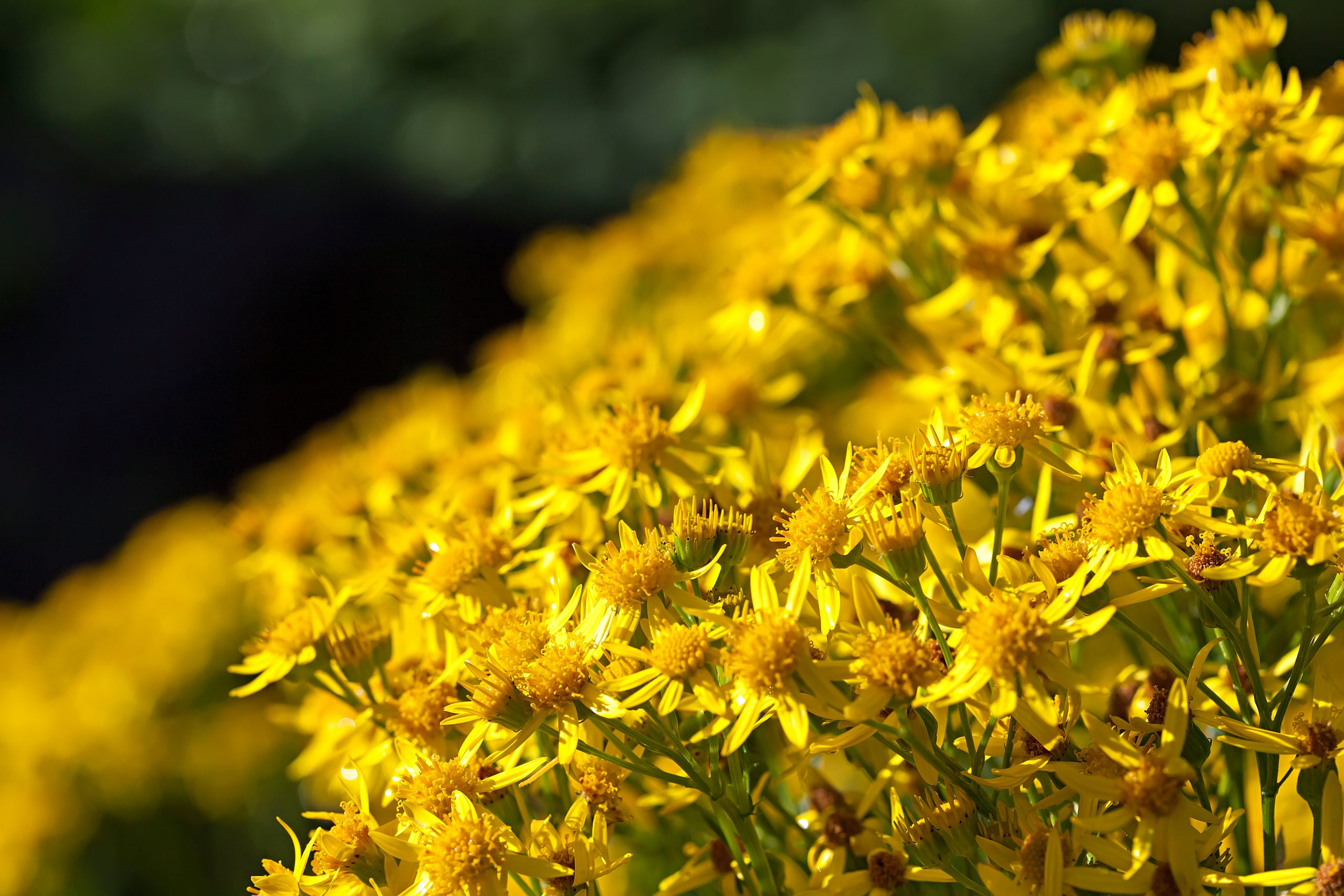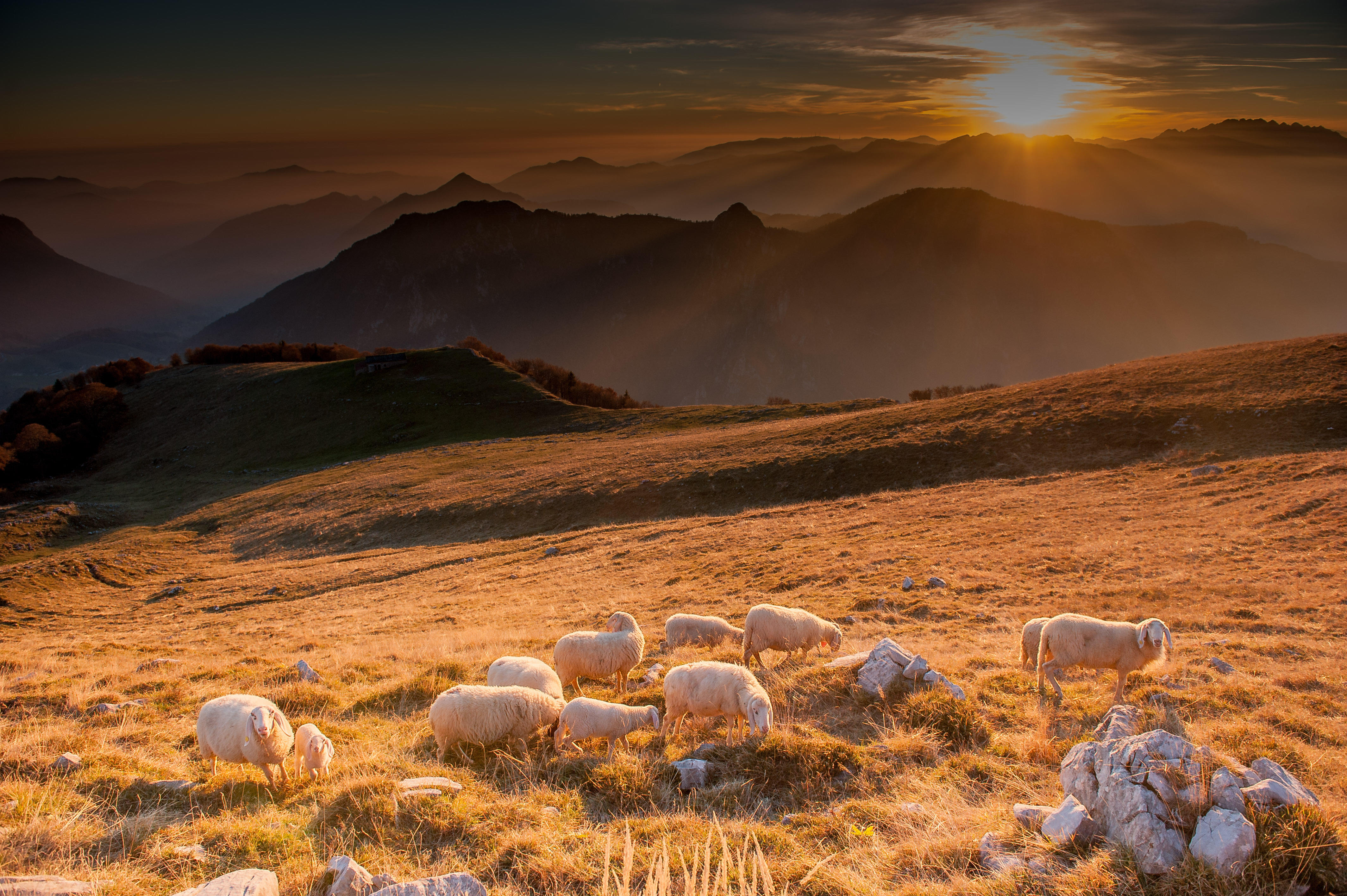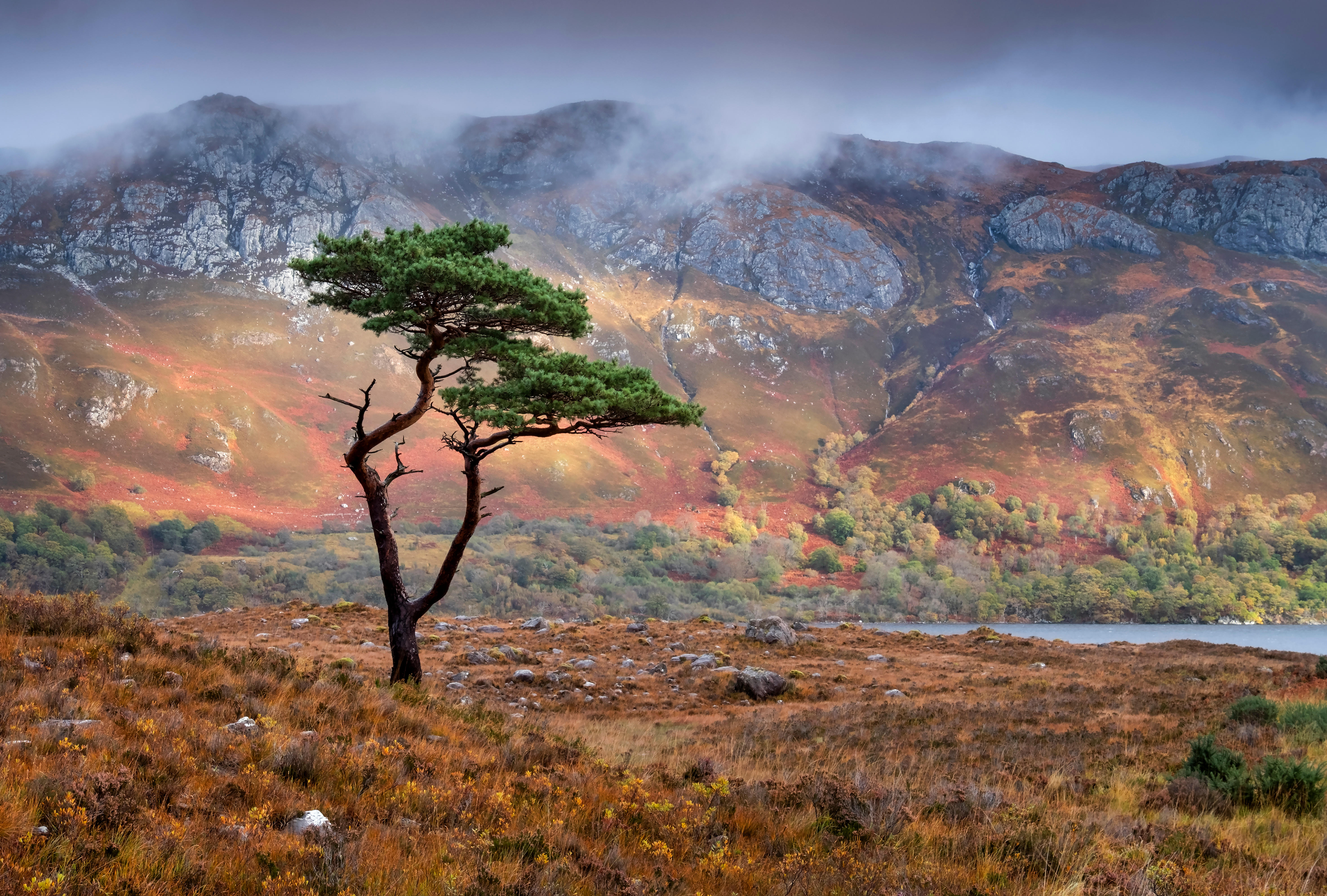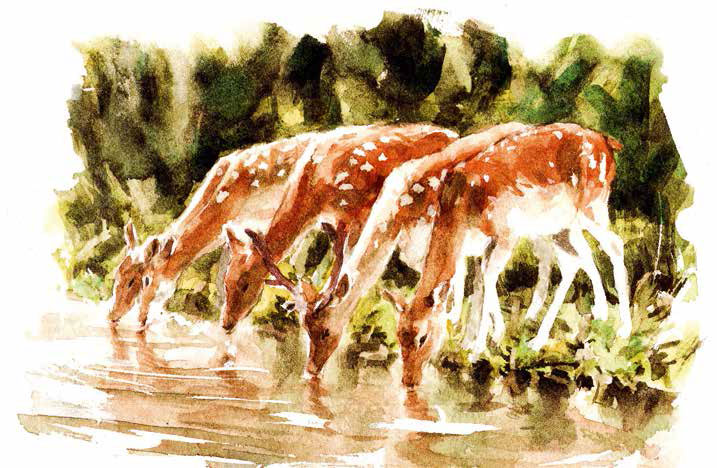John Lewis-Stempel: 'I will burn the ragwort tonight, so in its death it glows as brightly as in its life'
On a breathlessly hot day in July, John Lewis-Stempel mounts an attack on ‘injurious and noxious’ weeds with the help of his trusty little grey Fergie tractor.


There is an old farming adage, ‘in July they die’. The reference is to perennial weeds and the theory that, cut at their zenith, before the seeds disperse, their rootstock is exhausted and the weeds perish. So, in the heat of the afternoon, I hitch the Fleming rotary topper to the rear of the Ferguson TE20 — the ‘little grey Fergie’ of countryside legend — and putter down along the lane to Long Paddock, a field exactly described by its name. Perhaps a prettier, more poetic occupation than farming would have aestheticised the portion of the land as ‘the perfumed and secluded place’.
Long Paddock is the sort of field where, on entry, you relax. The four hedges are unusually high and remind me always of the hop yards of my childhood. It is a private place. The heat of the day is trapped between the four green walls and the haze belly dances. Despite the undulations of the air, there is a stillness to the afternoon, as if I am trapped in a glass hothouse and outside the structure the world is dissolving. Grasshoppers are ‘singing’, the susurration produced by their stridulation as evocative of British high summer as the thwack of a tennis ball on catgut, the clink of glasses on afternoon lawns.
For a farmer with an alter-eco, ‘weeds’ are far from straightforward. One man’s weeds, such as thistles and docks, are a goldfinch’s breakfast, lunch and supper. But, left to their own devices, the weeds, especially those designated ‘injurious or noxious’ by the Weeds Act of 1959, would annex great tracts of farmland. The gist of the act is that, although it’s legal to have the listed weeds on your own land, their spread to neighbouring land must be prevented.
My livestock, primitive and traditional, are not averse to eating some of the offending weeds and they have performed their duty, knocking back the thistles and docks. Yet there are too many ‘injurious or noxious’ weeds still standing; if sheep and cattle like to browse weeds, they also like to graze a bit of grass. In the shimmering heat, the rusted spires of the docks and the fluffy-headed thistles (the seed clusters of which look precisely like shaving brushes for gnomes) loom and leer.
"In the kaleidoscope of the green leaves, I see the forming of the fruit, especially the hard bullets of the sloes, which are assuming the imperial purple of their maturity"
My grandfather, as an extremely young farm manager in the 1930s, paid a tithe to Worcester Cathedral. On modern meadowland, I pay a tithe to Nature: 10%, given over to the ‘weeds’. I start walking through the paddock, in the heat and the haze of the afternoon, identifying which clump of weeds will remain, which will be sent under the humming steel blades of the topper. In the heat and the haze, only one bird can be bothered to call; a yellowhammer in a hawthorn, a sound that’s more of a wheeze than music. A breathless bird on a breathless day.
As I go along, I start hand-pulling up the ragwort, another injurious weed. The plant is in full bloom — its scientific name, Senecio jacobaea, acknowledges its association with St James, whose feast day is July 25 — and the minarets of golden flowers, suspended on thinly elegant towers, are a thing of beauty. They gild the meadow scene. ‘I love to see thee come & litter gold,’ wrote the peasant poet John Clare about this flower of the field.
Each cupola of ragwort is hung with caterpillars, black and gold, their gold as bright as the flower’s head; ragwort is the principal food source of the caterpillar of the scarlet-and-black cinnabar moth (cinnabar is a bright-red mineral).
Exquisite houses, the beauty of Nature, and how to get the most from your life, straight to your inbox.
Uprooting the glittering ragwort towers in the paddock feels a sort of sacrilege, like knocking over a statue, like deposing a hero from a plinth. However, uprooting is a necessary evil. When the plant is raw and growing, horses and livestock will not touch it (the raggedy, name-providing leaves are warningly malodorous, whiffing like geranium), yet, when wilted and dried, it becomes palatable — with potentially fatal results.
Ingestion of ragwort’s pyrrolizidine alkaloids is implicated in the poisoning of equids and cloven-hoofed farm animals. Thus, you can never make hay from a field with ragwort. Or, indeed, mow down ragwort with a topper. There is a reason that the cinnabar caterpillar and its moth parent, with its cabaret flash of scarlet wing, are so brightly coloured: aposematism. Brightness signals danger to potential predators. Cinnabars are what they eat: poison.
Pulling up ragwort is made easier by the ugliness of its roots, which are shallow, purple varicose veins. Excrescences on the face of the earth. Head down, I carry on pulling up ragwort until I have an armful and the paddock is cleansed of Senecio jacobaea. But not quite; behind the stock fence — which is the paddock’s inner liner — a 3ft band of ragwort spires remains undisturbed at the west end. A band of gold. Unreachable by hoofed beast, yet accessible to the caterpillars and myriad insects that find ragwort’s nectar the one true golden syrup. Cinnabar moths have declined by 83% in the past 30 or so years. They deserve to live their brief, beautiful lives, too.
Is it not a sensible farming-conservation compromise? By placing the ragwort out of bounds, I reduce risk to my horses and cattle, but the plant still gets its moment in the sun. In the heat and the haze of the afternoon, I walk back to the gate and dump the ragwort, which I will burn tonight, so in its death it glows as brightly as in its life. I notice that the hedge is telling the passing of the year. Some go by Greenwich Mean Time, others by sidereal time — I go by hedge time. In the kaleidoscope of the green leaves, I see the forming of the fruit, especially the hard bullets of the sloes, which are assuming the imperial purple of their maturity.
I start up the tractor, head down the paddock with a bit of throttle, swerving this clump of thistles and that bunch of docks. A slalom course for a Nature-minded farmer. Looking back over the topper, I see the sacrificed ‘weeds’ tumbling, like the passing of summer.
Twice crowned victor of the Wainwright Prize for Nature writing, for ‘Where Poppies Blow’ and ‘Meadowland’, John Lewis-Stempel’s latest bestselling book, ‘Woodston: The Biography of an English Farm’, was published last year (Doubleday, £20)

Credit: Alamy Stock Photo
John Lewis-Stempel: Here’s looking at ewe, kid
Tasked with shearing his neighbour’s sheep late on a warm June night, the clickety-click of John Lewis-Stempel’s metal hand-shears is

The 10 best trees you'll find in Britain, from Alder to Scots Pine
John Lewis-Stempel picks out his ten favourite British trees.

Credit: Philip Bannister / Country Life
The extraordinary writing which made John Lewis-Stempel Columnist of the Year
Read three of the beautiful, evocative articles which made Country Life's John Lewis-Stempel the Columnist of the Year.
